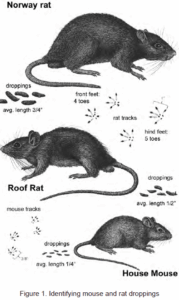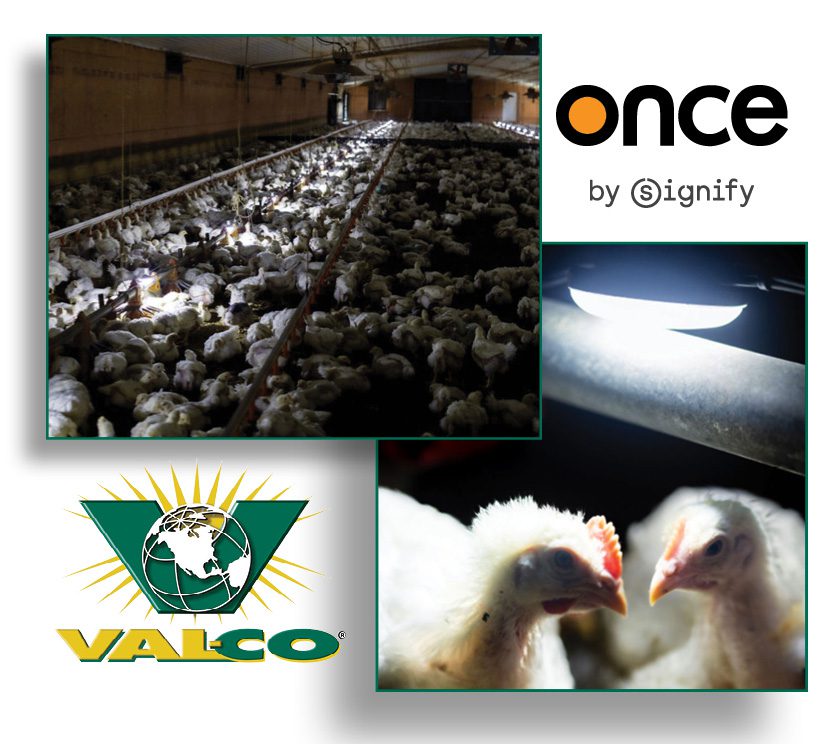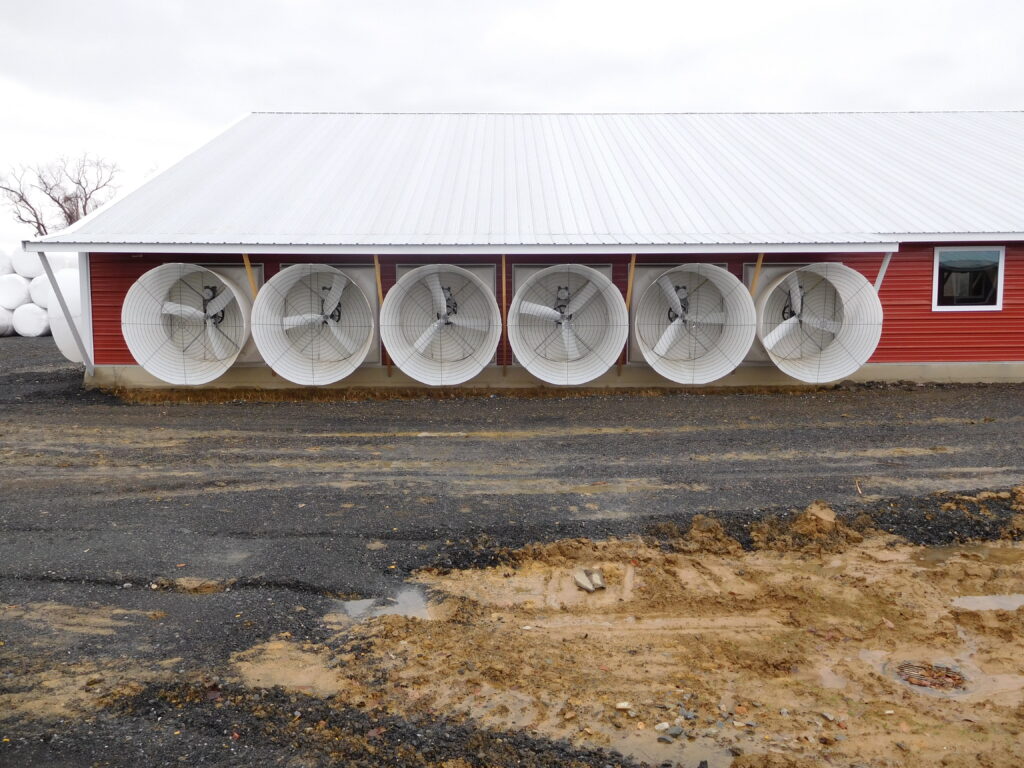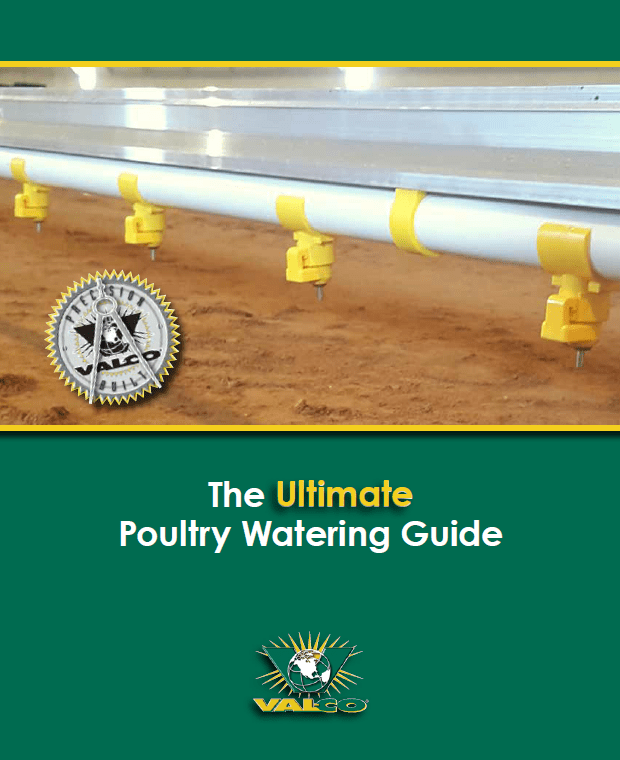5 Biosecurity Practices Everyone Should Follow
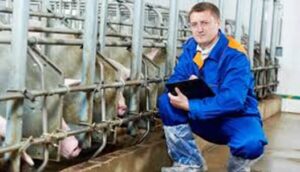 Biosecurity refers to procedures used to prevent the introduction and spread of disease-causing organisms in livestock farm sites. We need to undertake biosecurity measures to minimize the risk of disease to livestock, as well as spread of organisms of public health concern such as salmonella and campylobacter. Preventing disease also reduces financial losses through mortality, reduced productivity, and medication costs.
Biosecurity refers to procedures used to prevent the introduction and spread of disease-causing organisms in livestock farm sites. We need to undertake biosecurity measures to minimize the risk of disease to livestock, as well as spread of organisms of public health concern such as salmonella and campylobacter. Preventing disease also reduces financial losses through mortality, reduced productivity, and medication costs.
The primary method of spreading disease-causing microorganisms between flocks or herds is the use of contaminated equipment or exposure to contaminated clothing and footwear of humans. Infected animals, such as wild birds, rodents and insects can also be a source of disease. Disease causing viruses and bacteria can be transported from one flock or herd to another on transporting equipment, trucks, tractors, and other on-farm equipment.
5 important biosecurity practices:
- Control of human traffic: Growers should restrict the number of visitors on site to essential visitors only. Ideally from a biosecurity standpoint, there would be no visitors at all. All people moving onto and within the site should be approved and records kept. This includes all visitors such as contractors, service people, maintenance personnel, site visitors, friends, and neighbors. There should be a clear procedure in place for all entering the barn, including providing dedicated clean within-barn coveralls and footwear for both staff and visitors. Hands should be cleaned by washing or with sanitizer. Some may require showers before entering barns. Footbaths should be kept clean and contents frequently changed. Footbaths should NOT be a substitute for dedicated in-barn footwear. Growers should also refrain from visiting other farm operations unless necessary. If it is deemed necessary, then showers and disinfecting of clothing, vehicle and any equipment is crucial. Personnel should also be trained in and understand the biosecurity protocols in place.
 Control of vermin, insects, and wild birds: An active vermin and wild bird procedure should be in place and can include trapping, baiting, and discouragement methods. The pest control protocol needs to be proactively managed, by monitoring activity and moving bait/trapping stations accordingly. Premises and surrounding environments need to be kept clean and tidy and keeping vegetation from around the sheds removes vermin habitat. Feed spillage from feed deliveries or leaks need to be cleaned immediately so as not to attract wild birds or rodents. Dead chickens should be disposed in a manner that is hygienic and does not encourage the presence of rodents, insects, or predators. Growers should not have contact with wild birds such as ducks, geese, and turkeys. Employees should not be allowed to own their own poultry and limit contact at fairs, shows and markets as the birds are seldom fully vaccinated for the major poultry diseases and they are often exposed to many types and flocks of birds.
Control of vermin, insects, and wild birds: An active vermin and wild bird procedure should be in place and can include trapping, baiting, and discouragement methods. The pest control protocol needs to be proactively managed, by monitoring activity and moving bait/trapping stations accordingly. Premises and surrounding environments need to be kept clean and tidy and keeping vegetation from around the sheds removes vermin habitat. Feed spillage from feed deliveries or leaks need to be cleaned immediately so as not to attract wild birds or rodents. Dead chickens should be disposed in a manner that is hygienic and does not encourage the presence of rodents, insects, or predators. Growers should not have contact with wild birds such as ducks, geese, and turkeys. Employees should not be allowed to own their own poultry and limit contact at fairs, shows and markets as the birds are seldom fully vaccinated for the major poultry diseases and they are often exposed to many types and flocks of birds.- Control of vehicular traffic and equipment: We need to minimize the risk of cross-contamination from external areas onto the site. Vehicle entry to site should be kept to a minimum. Some may have a vehicle disinfecting system such as the Val-Co Sentry system (https://www.youtube.com/watch?v=mwSJDC6YzwE&feature=emb_logo). Drivers should limit movements to the essential activities such as feed delivery, stock delivery, litter delivery, or harvest. Equipment used inside the barn should not be stored outside unless there is a thorough program in place for cleaning and sanitizing the equipment before use inside the shed. Equipment and vehicles must be sanitized before use between barns in order to prevent cross-contamination between flocks or herds.
- Control of animal health and mortality: Growers must inspect their animals daily and dispose of mortality in a timely and approved method. Leaving carcasses to decompose in a pile increases the risk of disease spreading via insects and rodents. One effective option is to dispose of carcasses in a cremator such as the BurnMizer. https://valcotest.group6inc.com/burn-mizer-cremator
An approved vaccination/medication program should be in place to prevent disease. Timely reporting of health issues on a farm will also help restrict the spread of infection and minimize losses to the grower and the company. - Control of barn environment: Good ventilation can reduce the growth of disease-causing microbes in the barn. Fresh air entering and leaving the barn dilutes the microbe population. Poor ventilation can result in chickens becoming stressed and can cause irritation of the respiratory system which in turn makes them more susceptible to bacterial and viral infections. Good ventilation will also prevent the buildup toxic gases such as ammonia and carbon dioxide in the barn. Ensure the litter is adequately dry, as damp litter and warm house conditions provide ideal growth conditions for disease-causing microbes. If litter is not kept at an acceptable level, high bacterial loads and unsanitary growing conditions may result producing odors, insect problems, soiled feathers, footpad lesions and breast bruises or blisters. Litter that is managed correctly with the moisture content kept within the acceptable range (25 to 35 percent) can be reused if no disease or other production problems occur. The water supply to the barn should be clean and treated if necessary to minimize the risk of introducing organisms into the shed via the drinker system and to limit the spread of any organisms at drinker level. Feed must be stored well so that it is not contaminated before being fed to the flock.
Following these steps can keep the farm and its inhabitants safe from disease pathogens. Find a process that works for you and your employees, and follow it religiously. Happy Farming!

